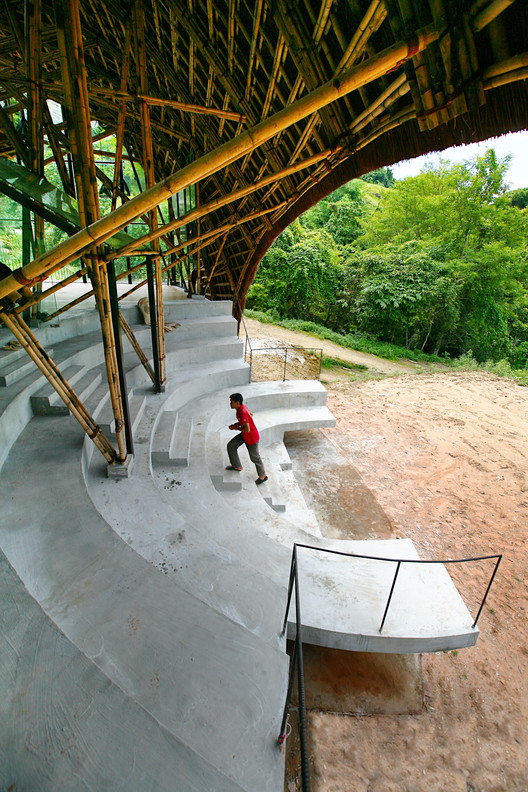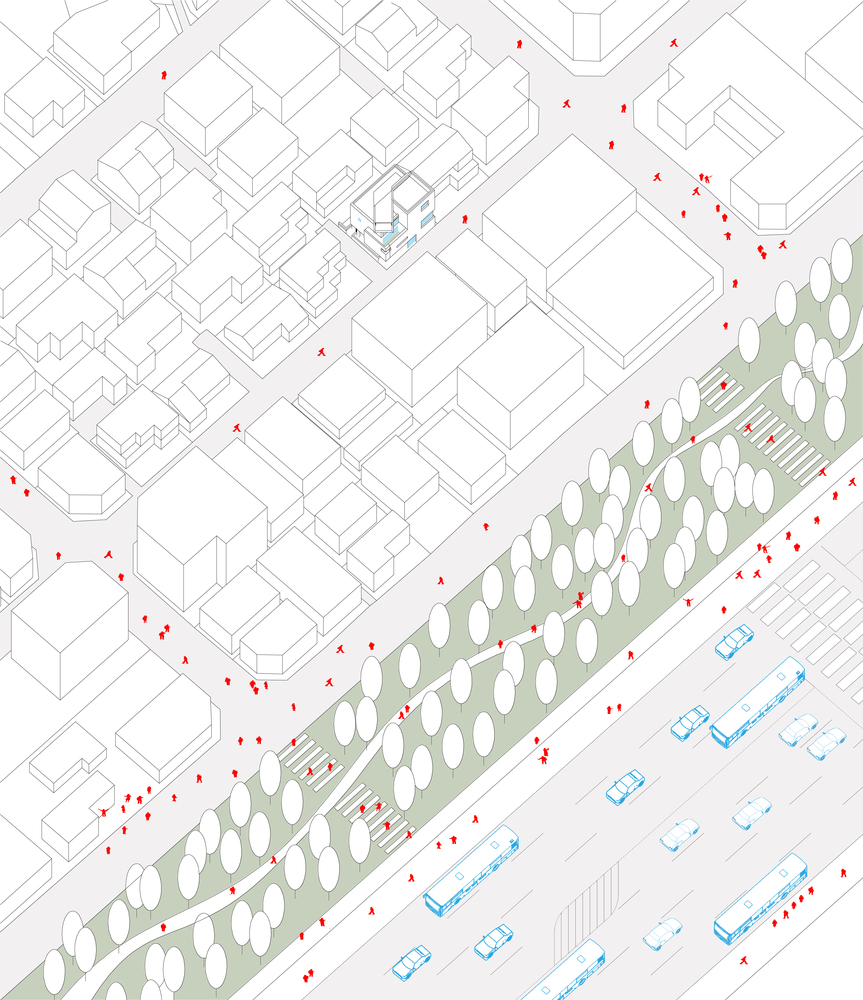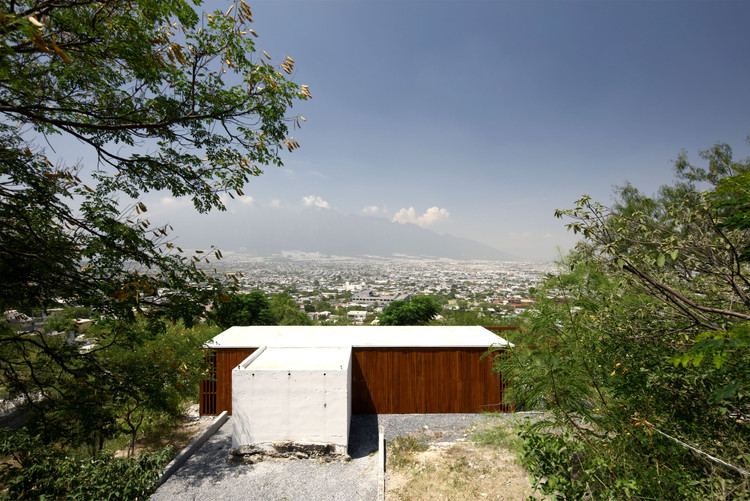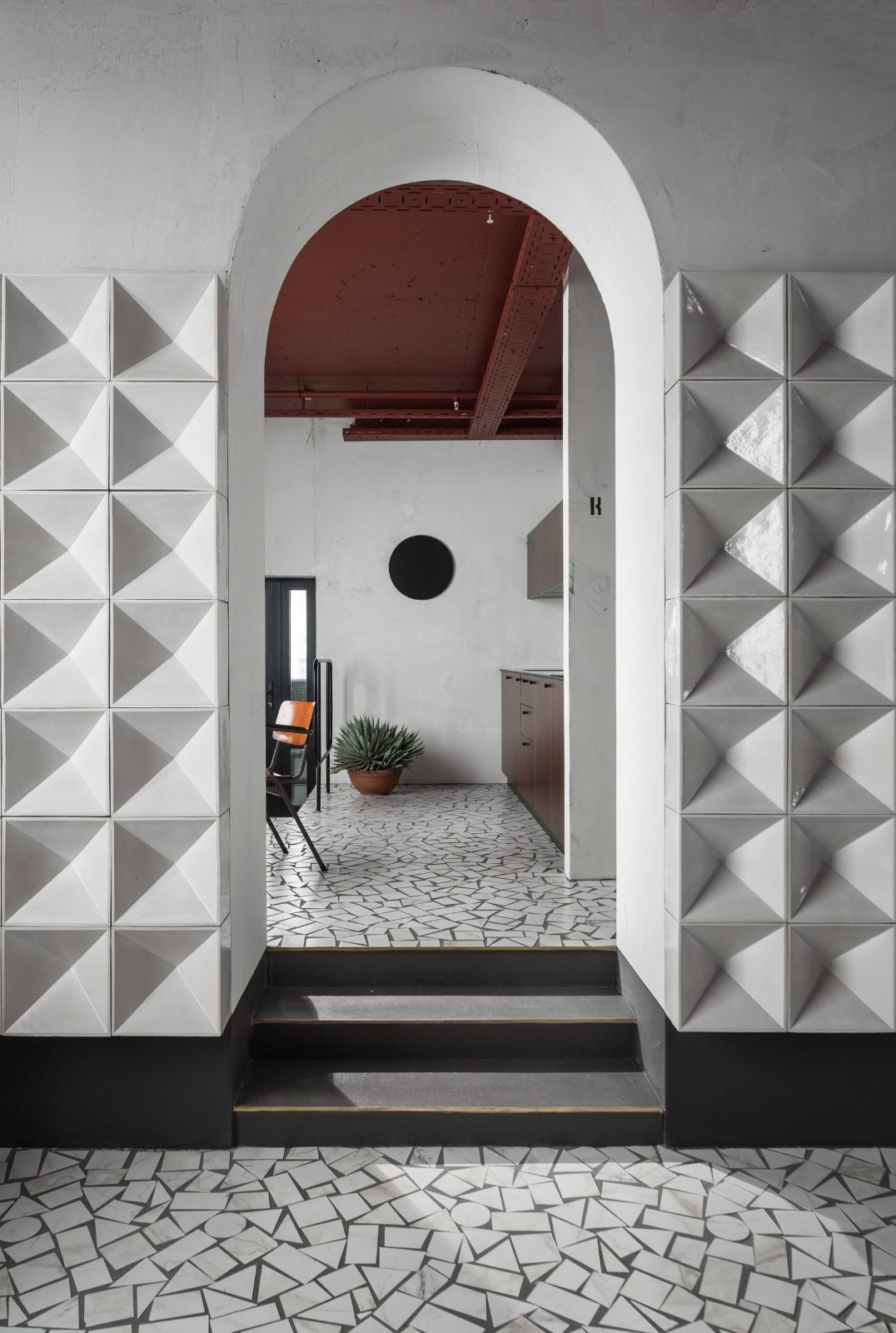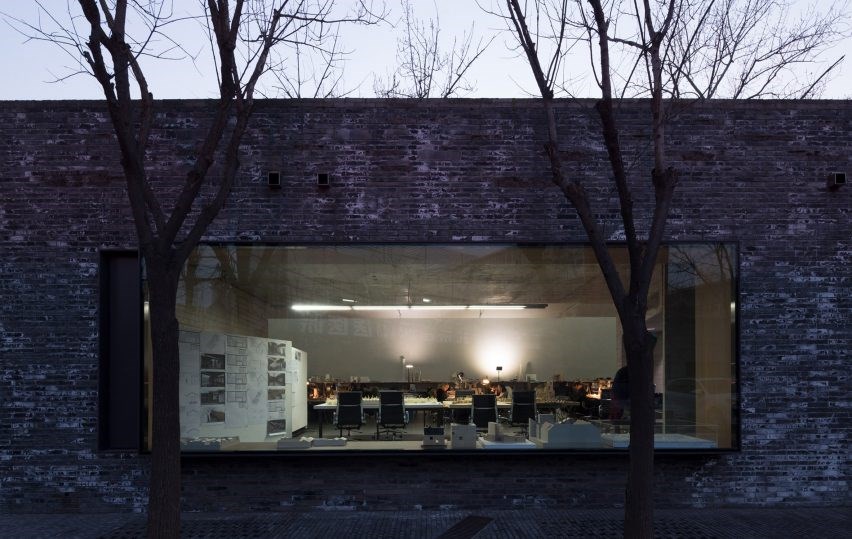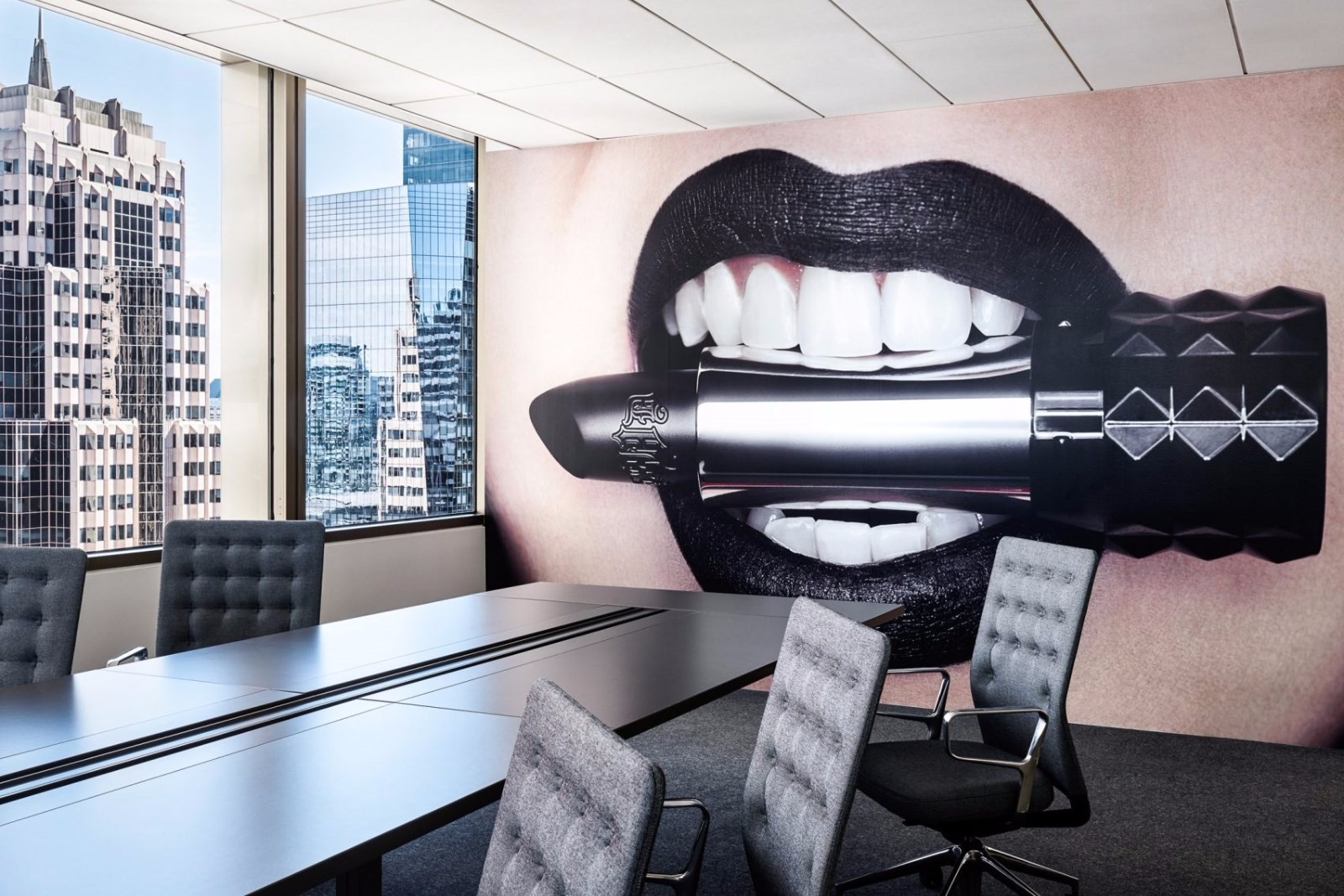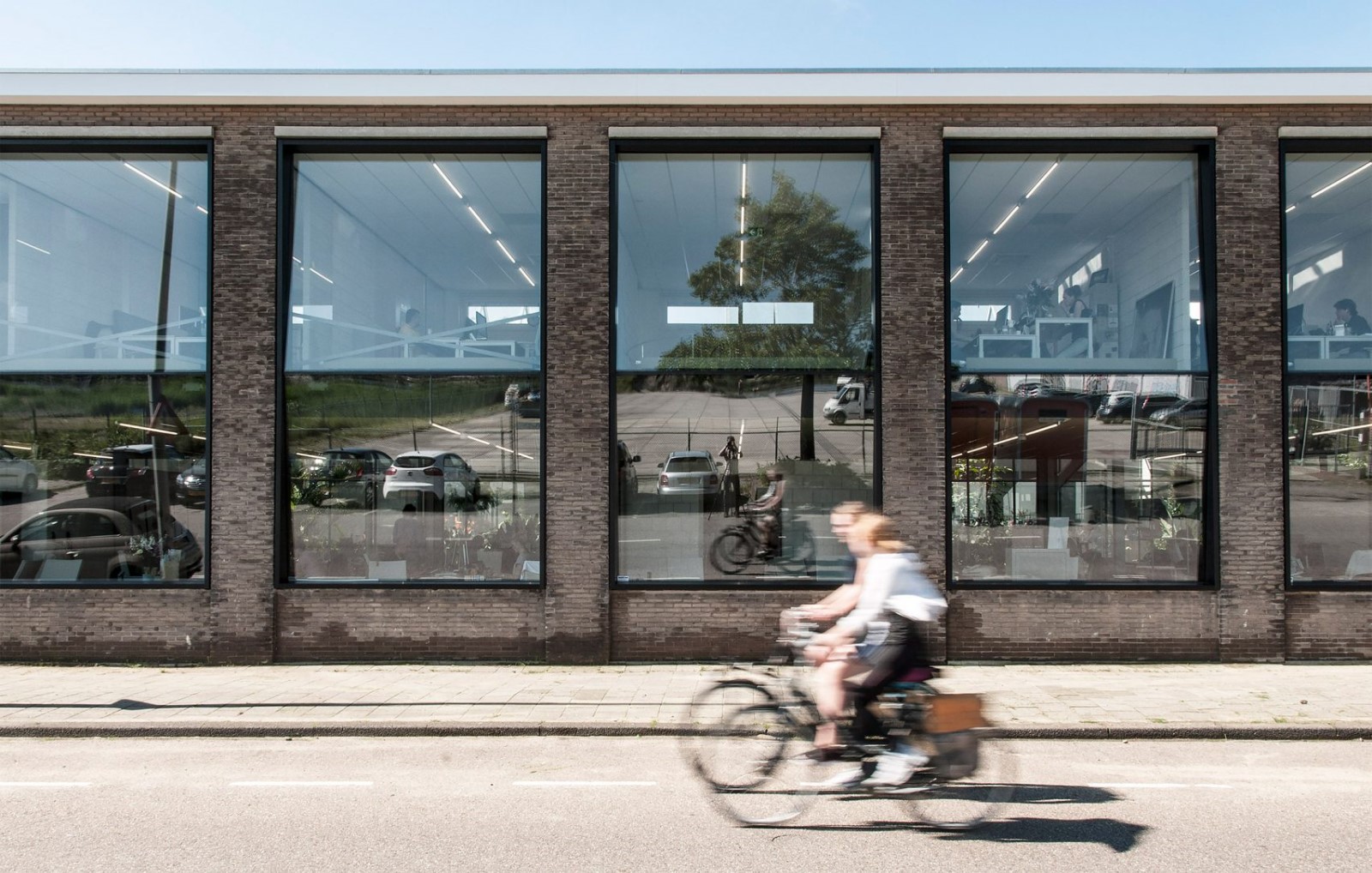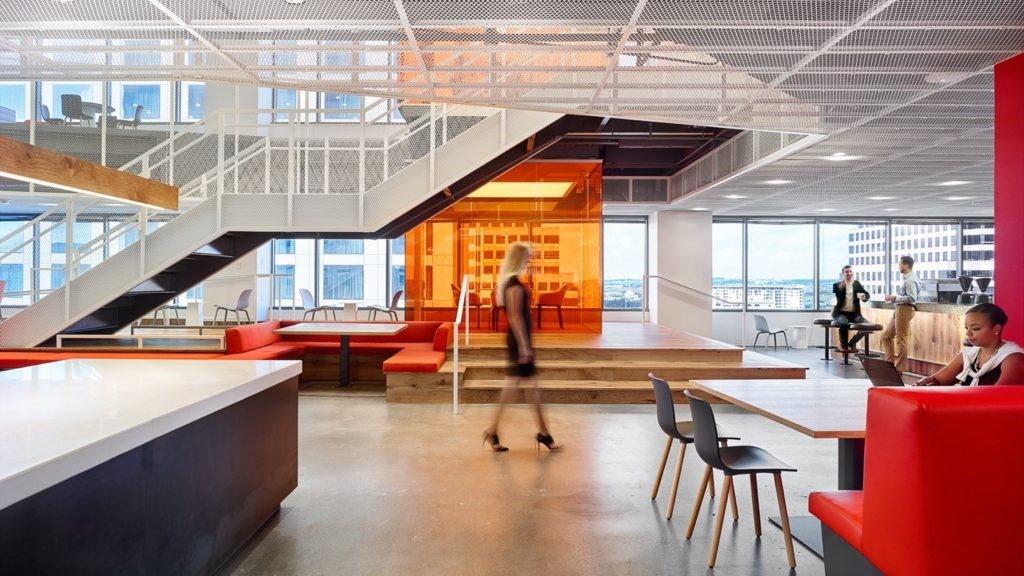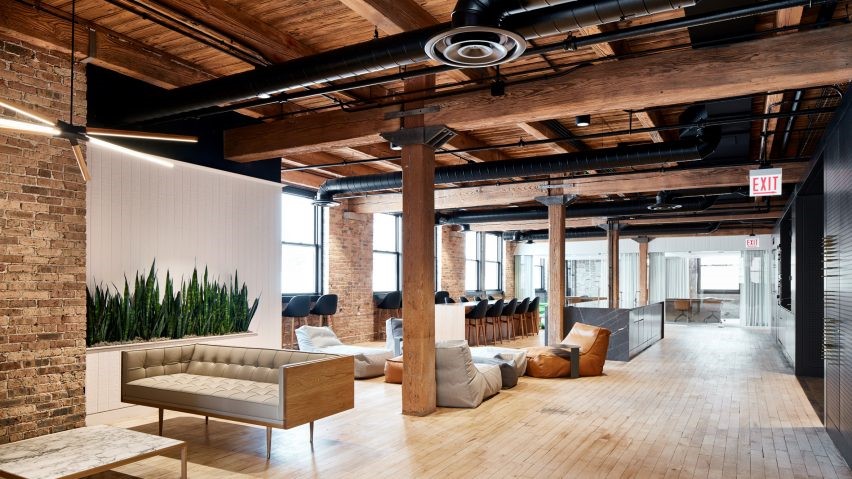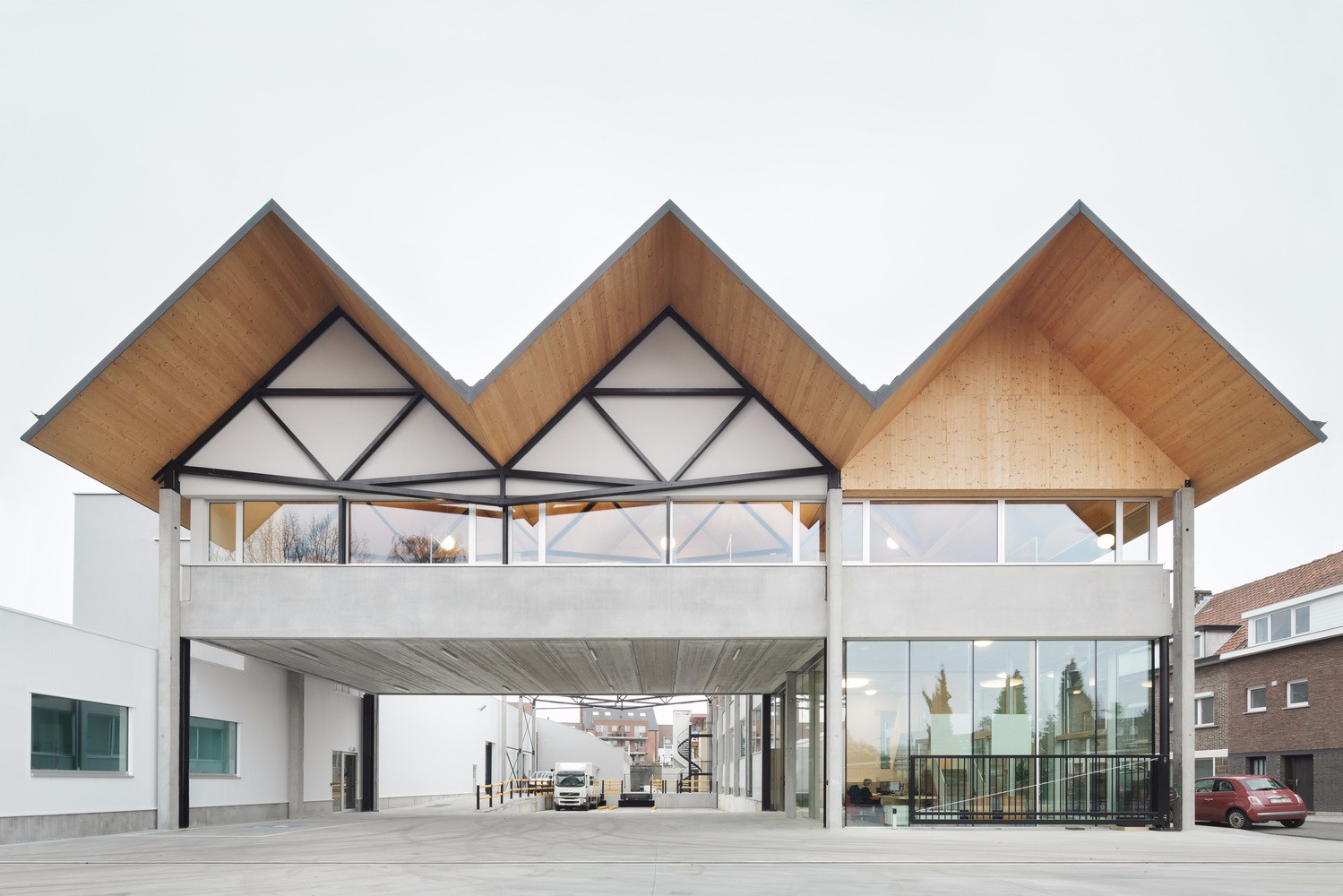Christchurch Bus Interchange Architectus
2016-07-16 20:00
© Simon Devitt
西蒙·德维特


架构师提供的文本描述。历史上,交通交汇处在城市的公民和经济活力中发挥了重要作用。认识到新的公共汽车交汇处的重要性,作为一个催化剂的振兴中心城市,该交汇处是第一个锚定项目完成后,2011年地震。作为新的城市基础设施的重要组成部分,它不仅需要提供一个高效的公共交通枢纽,而且还需要帮助确定重建后的城市的特性和公共空间体验。
Text description provided by the architects. Transport interchanges have historically played a major role in the civic and economic vitality of a city. Recognising the importance of the new bus interchange as a catalyst for the revitalisation of the central city the interchange was one of the first anchor projects to be completed after the 2011 earthquake. As a vital part of the new civic infrastructure it needed to not only provide a highly efficient public transport hub but also help define the rebuilt city’s identity and public space experience.
© Simon Devitt
西蒙·德维特


建筑公司在竞争过程中赢得了委托,并领导开发了一个紧凑的内城交通枢纽,将良好的城市设计和行人体验放在首位,同时纳入了每天1000多辆公共汽车的运营要求。该枢纽融合了巴士、城际巴士、出租车和骑车人,以及对未来轻轨的预期机会。
Architectus won the commission in a competitive process and led the development of a compact inner city transport hub that put good urban design and pedestrian experience first whilst incorporating the operational requirements of over 1000 bus movements a day. The hub integrates buses, intercity coaches, taxis and cyclist as well as anticipating opportunities for future light rail.


在科伦坡和利奇菲尔德街道的正面设计了一个“L形”的汇合处,在场地内部布置了16个以新月形排列的公共汽车停车位。为尽量减少巴士停机坪的足迹,当局采用了“倒车巴士湾”的设计。对司机和操作员进行的广泛实地测试以及最先进的公共汽车管理系统使所有利益攸关方相信,这种非传统方法是项目的最佳选择,使公共汽车停机坪得以隐蔽和安全,并与城市建立一个毗连和清晰的汇合处。
A ‘L-shaped’ concourse was devised fronting both Colombo and Lichfield Streets with 16 bus bays arranged in a crescent shape on the interior of the site. To minimise the footprint of the bus apron a ‘reversing bus bay’ design was adopted. Extensive field testing with drivers and operators as well as state of the art bus management systems convinced all stakeholders that this unconventional approach was best for project, enabling a concealed and secure bus apron as well as a contiguous and legible concourse that engages with the city.
© Simon Devitt
西蒙·德维特


这个大厅被认为是城市公共领域的延伸。使用的材料是相同的内外,并已发展成街道家具的语言-具体的混凝土和实木。
The concourse is conceived as an extension of the city’s public realm. Materials used are the same inside and out and seating has been developed in the language of street furniture – detailed in concrete and solid timber.
© Simon Devitt
西蒙·德维特


沿着科伦坡街,有四个木荚在主屋顶下面。他们提供乘客便利设施,包括自行车和行李储存,以及零售和食品商店,所有这些都对街道和大堂开放。玻璃提供了两者之间的无缝过渡,并允许从公共领域的观点,从广场到公共汽车停机坪以外。
Along Colombo Street four timber pods sit underneath the main roof. They deliver passenger amenity including cycle and luggage storage as well as retail and food outlets – all of which open to both the street and the concourse. Glazing provides a seamless transition between the two and allows views from the public realm through the concourse to the bus apron beyond.




室内环境的经验通过提供一个完全自然通风的环境而得到加强-这对一个被柴油巴士和两个主要道路前沿包围的室内空间来说是一个挑战。带有自动滑动门的公共汽车停机坪可防止乘客误入停机坪,并与局部空气窗帘相结合,防止有毒烟雾的进入。屋顶安装的捕风器的组合仿照古代波斯风塔和街道前部的高水平百叶窗,将室外空气带入大厅。乘客大厅是由地下热水热泵系统提供动力的地下热水系统来调节的。
The experience of the indoor environment is enhanced by providing a fully naturally ventilated environment – a challenge for an indoor space surrounded by diesel buses and two main road frontages. Bus bays with automatic sliding doors prevent passengers from straying onto the apron and in combination with localised air curtains prevent the ingress of toxic fumes. A combination of roof mounted wind catchers modelled on ancient Persian wind-towers and high level louvers on the street frontages draw outdoor air into the concourse. The passenger hall is tempered by hydronic underfloor heating powered through a groundwater heat pump system.
© Simon Devitt
西蒙·德维特


形态和物质性受到克赖斯特彻奇的新哥特式建筑和附近砖混建筑的影响。这是显而易见的折叠屋顶几何学与它的山墙和大天窗,这带来了日光进入空间,并创造了一个内部的体积灵感来自伟大的运输大厅的过去。一个由当地R,ū,Nanga,Ng,ā,I,T,Huriri,基于早期毛利人导航主题的文化叙事被整合到建筑结构中。
Form and materiality are influenced by Christchurch’s largely lost neo gothic architecture and remaining nearby brick buildings. This is evident in the folded roof geometry with its gables and large skylights which bring daylight into the space and create an internal volume inspired by the great transit halls of the past. A cultural narrative developed by local Rū nanga Ngāi Tūāhuriri based on themes of early Maori navigation is integrated into the building fabric.
© Simon Devitt
西蒙·德维特


整体设计方法使当地的城市和文化环境与顾客舒适相结合,并满足公共汽车运营商的要求,使克赖斯特彻奇进入现代公共交通的新时代。
The holistic design approach has resulted in a civic facility that integrates the local urban and cultural context with customer comfort and the requirements of bus operators to launch Christchurch into a new era of modern public transportation.


































Architects Architectus
Location Christchurch, New Zealand
Category Bus Station
Area 3500.0 m2
Project Year 2015
Photographs Simon Devitt
Manufacturers Loading...















